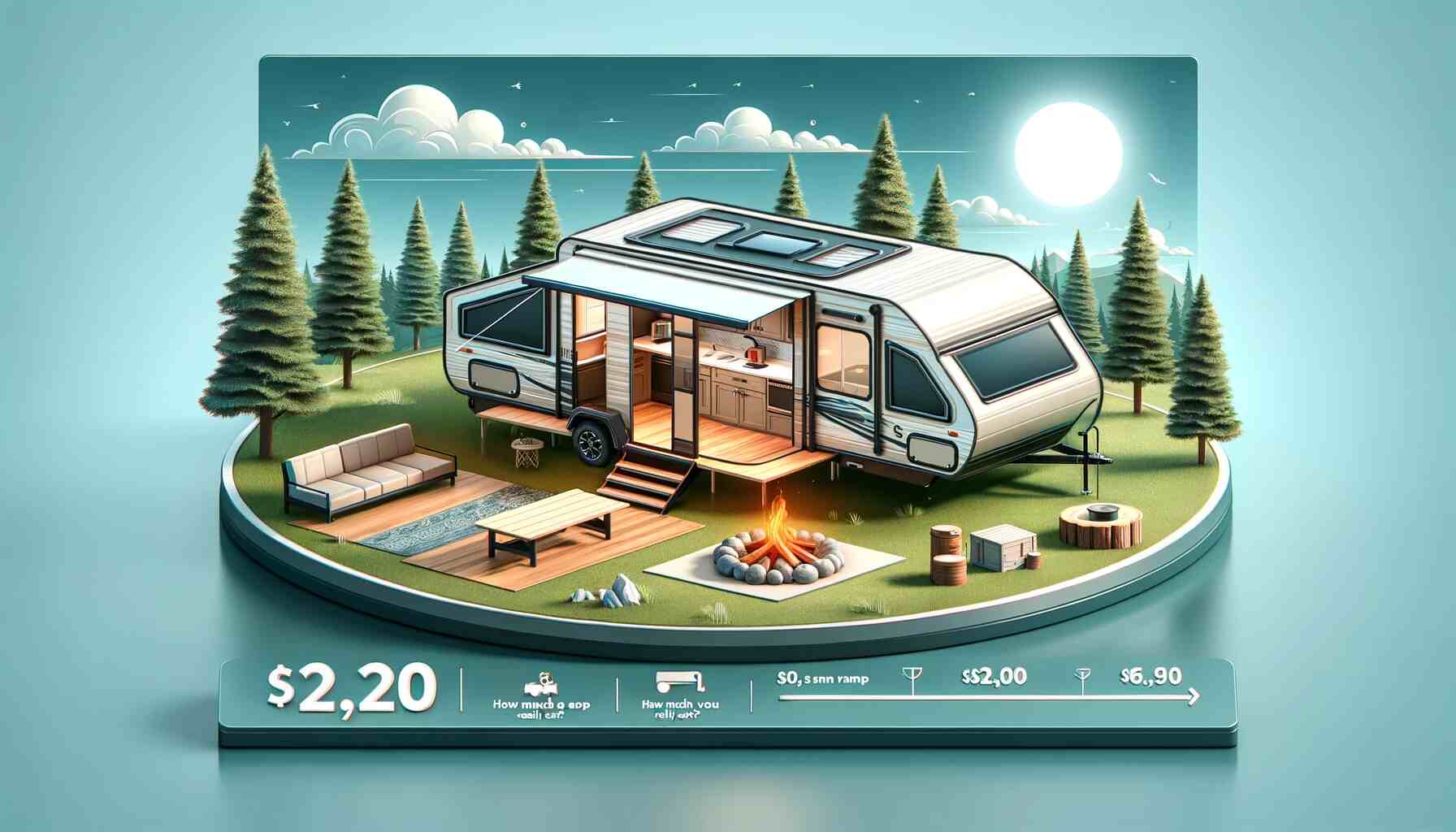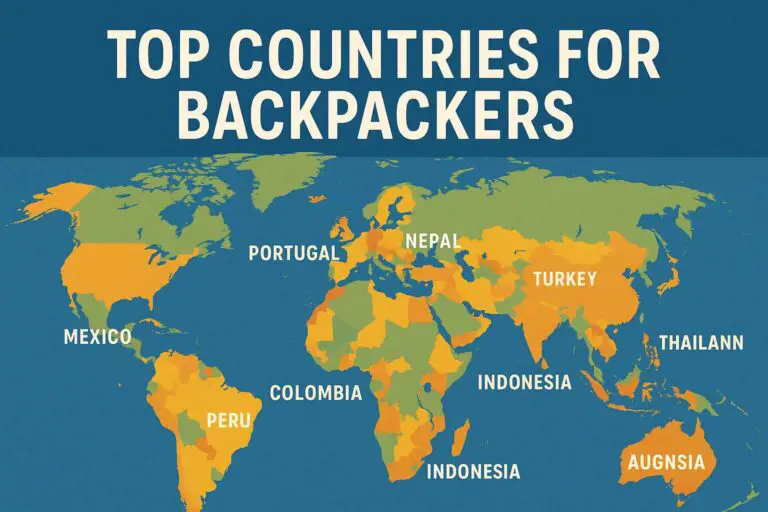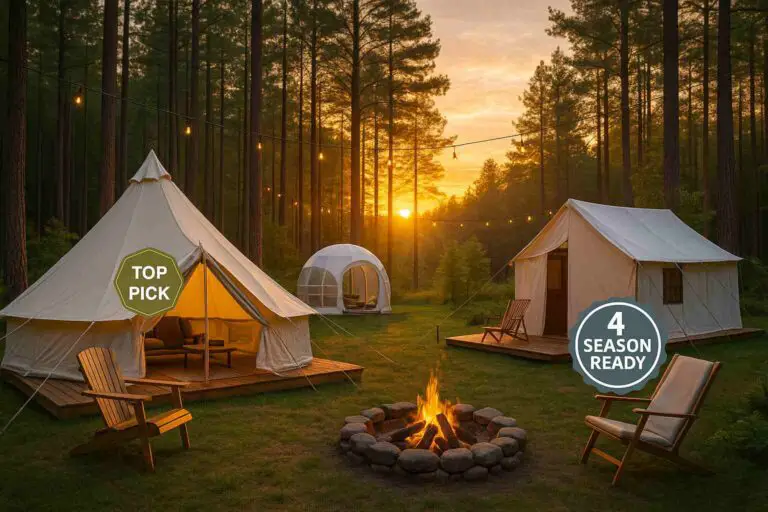When it comes to exploring the great outdoors and enjoying the freedom of the open road, few experiences rival the joy of camping. However, not everyone is eager to pitch a tent or invest in a full-size RV. Enter the pop-up camper, a versatile and cost-effective way to combine the comforts of home with the thrill of camping. But how much does a pop-up camper really cost?
The cost of a pop-up camper varies widely based on factors like new vs. used, size, brand, and amenities. Budget-friendly options can start at around $1,000 for used units, while premium models may exceed $40,000 or more.
In this comprehensive guide, we will delve into the world of pop-up campers and explore the factors that influence their cost. From the initial purchase price to ongoing expenses, we’ll leave no stone unturned to provide you with a complete understanding of how much a pop-up camper can cost.
Understanding Pop-Up Campers
Before we dive into the costs, let’s clarify what exactly a pop-up camper is. Also known as fold-down campers or tent trailers, pop-up campers are a type of recreational vehicle that offers a unique blend of portability and comfort. They are typically smaller and more affordable than traditional travel trailers or motorhomes while providing a significant upgrade from tent camping.
Pop-up campers are characterized by their collapsible design. When in transit, they have a low profile, making them easy to tow behind a vehicle. However, once you reach your destination, these campers “pop up” to reveal spacious interiors complete with sleeping areas, a small kitchen, and sometimes even a bathroom.
What Can You Expect from a Pop-Up Camper?
A pop-up camper can accommodate anywhere from one to six people, making it suitable for families of all sizes. Depending on the interior arrangement, there can be a surprising amount of space.
In its transport mode, a pop-up camper looks like a large box attached to a vehicle. However, when you reach your camping destination, it “pops up” to reveal either a canvas tent-like covering or hard walls with a taller central ceiling and sometimes pull-outs on the sides.
Inside, you can find a range of features, including:
- Sleeping arrangements: Queen-sized, full-sized, twin-sized, or even king-sized beds, depending on the camper.
- Kitchenettes: Equipped with mini-fridges, stovetops, sinks, and cabinetry in basic models, while some premium models may include ovens or microwaves.
- Dining areas: Benches that double as storage or dedicated dining spaces, with some campers offering tables that can be pulled down from the wall.
- Bathrooms: In rare cases, pop-up campers may include bathrooms, either wet (toilet and shower in the same space), dry (separate toilet and shower), or just a toilet with additional storage options.
Although air conditioning and heating are not typically included in pop-up campers, there are creative solutions such as using generators, lanterns, or flashlights. Campers can also rely on campground facilities for bathrooms.
Let’s explore the factors that influence their cost.
Factors Affecting Pop-Up Camper Costs
The cost of a pop-up camper can vary significantly based on various factors. To provide a complete picture, let’s break down these factors one by one:
1. New vs. Used Pop-Up Campers
One of the most significant determinants of cost is whether you choose to buy a new or used pop-up camper.
New Pop-Up Campers: Brand-new pop-up campers come with the latest features and warranties. The price range for new pop-up campers typically starts at around $7,000 to $20,000 or more, depending on the brand, size, and amenities.
Used Pop-Up Campers: Buying a used pop-up camper can be a more budget-friendly option. You can find used pop-up campers in good condition for as low as $1,000 to $10,000 or more, depending on factors like age, condition, and included features.
It’s essential to research thoroughly and consider your budget and preferences when deciding between new and used campers. A used camper may require some maintenance or upgrades, but it can offer substantial cost savings.
2. Size and Floorplan
Pop-up campers come in various sizes and floorplans to accommodate different needs and preferences. Larger campers with more elaborate floorplans tend to cost more than smaller, basic models. Consider the number of people you’ll be camping with and the amenities you require when selecting a size and floorplan.
3. Brand and Model
Just like with any other product, the brand and model of the pop-up camper play a significant role in determining its cost. Established and well-known RV manufacturers may charge a premium for their campers. However, they often come with a reputation for quality and durability.
Lesser-known brands or models might offer more affordable options, but it’s essential to research their reputation and read reviews to ensure you’re making a wise investment.
4. Amenities and Features
The level of amenities and features included in a pop-up camper can vary widely. Some basic models offer sleeping space and minimal kitchen facilities, while others may have air conditioning, a bathroom, a microwave, and entertainment systems. The more features and amenities you want, the higher the price tag is likely to be.
Consider which amenities are essential for your camping style and comfort and be prepared to make trade-offs based on your budget.
5. Age and Condition
If you’re considering a used pop-up camper, the age and condition of the unit are crucial factors. Older campers might be more affordable, but they may require more maintenance and upgrades. On the other hand, newer used campers may offer modern features at a lower cost than brand-new models.
Before purchasing a used camper, have it thoroughly inspected by a professional to identify any potential issues.
6. Accessories and Upgrades
Don’t forget to factor in the cost of accessories and upgrades. Pop-up campers can be customized with add-ons like awnings, bike racks, solar panels, and more. While these additions can enhance your camping experience, they also come with additional costs.
Consider what accessories are essential for your needs and budget them accordingly.
7. Towing Vehicle
If you don’t already own a suitable towing vehicle, you’ll need to factor in the cost of purchasing one. Smaller pop-up campers can often be towed by mid-sized SUVs or trucks, but larger models may require a more substantial towing capacity, necessitating the purchase of a larger vehicle.
8. Insurance and Registration
Remember that owning a pop-up camper also comes with ongoing expenses like insurance and registration fees. The cost of insurance can vary depending on factors such as the camper’s value, location, and your driving history.
9. Maintenance and Repairs
Like any other vehicle, pop-up campers require regular maintenance and occasional repairs. Budget for routine maintenance such as tire replacement, roof sealing, and propane tank refills. It’s also a good idea to set aside funds for unexpected repairs that may arise.
10. Camping Fees
While not directly related to the cost of the camper itself, you should also consider camping fees. Campground fees can vary widely, from free boondocking sites to upscale RV resorts with full amenities. Research campground options and their associated costs to plan your trips accordingly.
Now that we’ve covered the main factors that influence pop-up camper costs, let’s explore some popular pop-up camper models across different price ranges to give you a better idea of what to expect.
Popular Pop-Up Camper Models and Their Costs
Budget-Friendly Options (Under $10,000):
- Coleman Pop-Up Campers: Coleman is a well-known brand in the camping world, and they offer budget-friendly pop-up campers starting at around $5,000 for used models.
- Jayco Jay Series Sport: Jayco’s entry-level pop-up campers, like the Jay Series Sport, can be found for under $10,000 on the used market. They offer basic amenities and are a great option for those on a tight budget.
Mid-Range Options ($10,000 – $15,000):
- Forest River Rockwood Freedom: The Forest River Rockwood Freedom series offers a range of pop-up campers with prices typically falling between $10,000 and $15,000 for used units.
- Starcraft Comet: Starcraft’s Comet series provides mid-range options with prices that often fall within the $12,000 to $15,000 range for used campers.
Premium Options (Above $15,000):
- Airstream Basecamp: Airstream, known for its iconic travel trailers, offers a premium pop-up camper known as the Basecamp. New models can exceed $40,000, while used ones can still command prices above $20,000.
- SylvanSport GO: The SylvanSport GO is a versatile and premium pop-up camper that can cost upwards of $15,000 for used models and more for brand-new units.
Keep in mind that these price ranges are approximate, and actual prices can vary depending on factors such as the camper’s age, condition, included features, and location. It’s always a good idea to research specific models and compare prices from different sellers to find the best deal.
Additional Costs and Considerations
Financing:
If you’re unable to pay for your pop-up camper upfront, you may need to finance it. Explore financing options from banks, credit unions, or RV dealerships. Be sure to factor in interest rates and monthly payments when budgeting for your camper.
Depreciation:
It’s important to understand that pop-up campers, like all vehicles, depreciate in value over time. While this can be a downside when it comes to resale value, it also means that used campers can offer significant savings compared to buying new.
Storage:
Consider where you’ll store your pop-up camper when you’re not using it. Some options include renting a storage space, keeping it in your garage (if it fits), or using your property if local regulations permit.
Conclusion
In conclusion how much a pop-up camper costs can vary widely, from a few thousand dollars for a basic used model to tens of thousands of dollars for a premium, brand-new unit. Understanding the factors that influence these costs, such as new vs. used, size, brand, amenities, and more, is crucial when making your purchasing decision.
Before committing to a pop-up camper, take the time to assess your budget, camping needs, and preferences. Research different models, compare prices, and consider both the upfront costs and ongoing expenses like maintenance, insurance, and campground fees.




